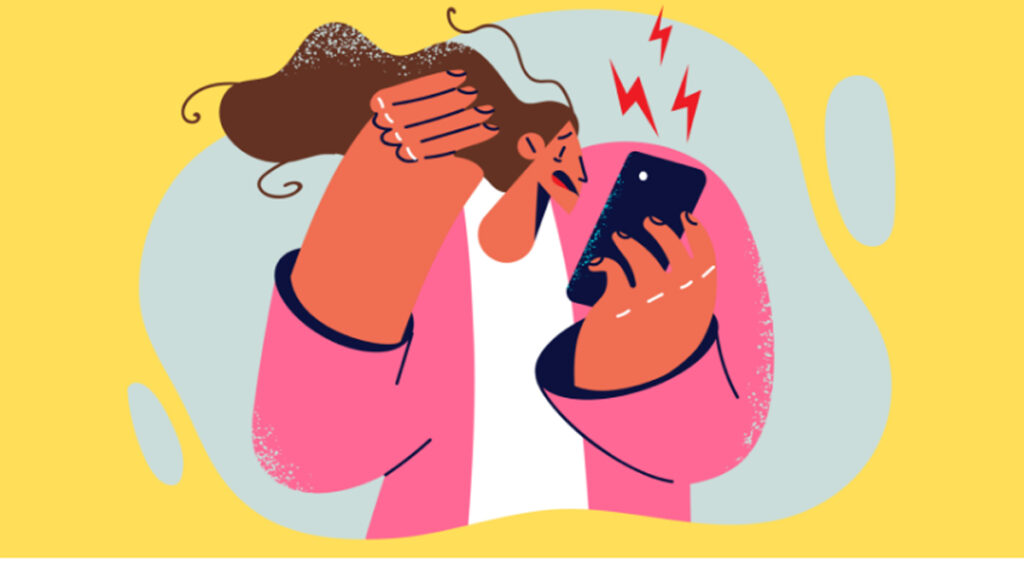
Authors:
Salima Meherali: Assistant Professor, Faculty of Nursing, University of Alberta
Yared Aynalem: PhD student, Faculty of Nursing, University of Alberta
Saba Nisa: PhD student, Faculty of Nursing, University of Alberta
Background:
In contemporary discourse, the term “visible minority” is increasingly scrutinized for its profound implications and inherent limitations in accurately representing diverse communities (Song, 2020). The term “visible minority” typically refers to individuals or groups identifiable by physical attributes such as race, ethnicity, or skin color and who are in a numerical minority within a particular society or community (Bauer et al., 2020). Historically, visible minority status has been associated with being a person of non-European descent, often tied to one’s migration history. This visibility, symbolizing non-Whiteness, has played a central role in the perception of marginalized ethnic minority groups. Moreover, this status intersects with other critical social identities such as gender, class, sexuality, and ability, further shaping individuals’ experiences and societal interactions (Opare‐Addo, 2023; Song, 2020).
Intended initially to acknowledge individuals from non-dominant racial or ethnic groups, the term has faced criticism for perpetuating stereotypes, fostering others, and promoting a simplistic binary view of society (Allen &; Webber, 2019). It is imperative to critically examine and challenge such labels to encourage a more inclusive and equitable understanding of diversity. Moving beyond superficial labels and embracing a nuanced approach, individuals can be empowered to define themselves on their terms, free from predefined categories (Opare‐Addo, 2023; Song, 2020). Critics rightly argue that the concept of visible minorities reinforces existing power dynamics and societal hierarchies, positioning whiteness as the norm against which all other groups are measured. This perpetuates systems of privilege and marginalization, hindering progress toward equality. Disrupting these power structures and amplifying the voices of marginalized communities is essential for creating a fairer and more just society (McAuliffe, 2016). Embracing an intersectional perspective on diversity acknowledges the complexity of individuals’ identities, recognizing the interconnected nature of race, gender, class, sexuality, and other factors (Settles &; Buchanan, 2014). By understanding these intersections, we can address systemic inequities and strive toward constructing a genuinely inclusive society that values every aspect of an individual’s identity (Curtis et al., 2023; Museus &; Kiang, 2009).
Holistic Celebration of Diversity: Valuing Every Aspect
Rather than fixating solely on visible markers of difference, our focus should encompass embracing diversity entirely—both visible and invisible dimensions of identity. A holistic approach involves recognizing and valuing socioeconomic background, education, religious beliefs, sexual orientation, mental health, and personal experiences. A holistic approach to diversity acknowledges and values the full spectrum of identities and experiences within a community (Duran et al., 2020). This concept highlights how different aspects of a person’s identity intersect and interact, creating unique experiences of privilege or oppression (Duran et al., 2020). A holistic approach recognizes that addressing the needs of individuals requires understanding these intersections. Celebrating the multifaceted richness and complexity of human experiences fosters an inclusive environment where every individual feels esteemed, respected, and empowered to express their authentic selves. By doing so, we can avoid subsuming identities within homogenous descriptions, which erase individual uniqueness and perpetuate stereotypes (Song, 2020).
When identities are subsumed within homogenous descriptions, the richness of individual experiences is lost. This can happen through broad categories or stereotypes that fail to capture the nuanced realities of different groups (Kruczkowska et al., 2016). For example, referring to “women” as a monolithic group ignores the distinct challenges faced by women of different races, socioeconomic statuses, or sexual orientations. Similarly, the term “minority” can obscure the specific issues faced by different racial or ethnic groups. Homogeneous descriptions can lead to several adverse outcomes. First, they can perpetuate stereotypes, reinforcing simplistic and often negative perceptions about particular groups (Allidina &; Cunningham, 2021). Second, they can result in policies and practices that fail to address the specific needs of diverse groups (Silvestrini, 2019). For example, a workplace diversity program that focuses solely on gender equality without addressing racial or economic disparities may fail to support all employees effectively. Third, they can marginalize individuals whose identities do not fit neatly into the dominant categories, making them feel invisible or unacknowledged.
Fundamental principles that should guide discussions of diversity and inclusion encompass intersectionality, inclusivity, equity, cultural competence, and continuous learning to value diversity truly (National Association of Social Workers., 2015). Intersectionality reveals the complex realities of identities, while inclusivity creates genuinely welcoming spaces. Equity ensures fair treatment by acknowledging diverse needs. Cultural competence builds stronger communities through deep understanding and respect for diversity (April, K. 2021; Duran et al., 2020). Continuous learning is imperative to dismantle power dynamics, advocate for social justice, and forge equitable societies. Without these principles, any approach to diversity is superficial and insufficient (Opare‐Addo, 2023; Song, 2020). Ultimately, embracing diversity holistically requires shifting from tokenism to genuinely valuing the full spectrum of human experiences. This fosters unity through differences and builds a society where everyone feels a sense of belonging, unlocking the potential for greater creativity, innovation, and social cohesion.
Conclusion
Challenging the term “visible minority” goes beyond semantics; it represents a pivotal step in dismantling barriers perpetuating inequality and exclusion. By moving beyond labels, breaking down power structures, fostering intersectional understanding, and embracing diversity, we can forge a future where everyone is acknowledged, heard, and valued for their intrinsic worth. Let us collectively strive towards a future where inclusivity reigns supreme, where our differences are celebrated as strengths that bind us together in our shared humanity.
1. Allen, J. M., Webber, M. (2019). Stereotypes of minorities and education. The Palgrave Handbook of Ethnicity, 1-21. https://doi.org/10.1007/978-981-13-0242-8_107-1
2. Allidina, S., Cunningham, W. A. (2021). Avoidance begets avoidance: A computational account of negative stereotype persistence. Journal of Experimental Psychology: General, 150(10), 2078-2099. https://doi.org/10.1037/xge0001037
3. April, K. (2021). The new diversity, equity, and inclusion (DEI) realities and challenges. HR: The new agenda, pp. 119–132.
4. Bauer, G. R., Mahendran, M., Braimoh, J., Alam, S., Churchill, S. (2020). Identifying visible minorities or racialized persons on surveys: Can we ask? Canadian Journal of Public Health, pp. 111, 371–382.
5. Curtis, A., Effiong, O., Romney, M. (2023). When Visible Minorities Lead Visible Majorities Language Teacher Leadership: Insights from Research and Practice (pp. 181-208): Springer.
6. Kruczkowska, J., Mirowska, P. (Eds.). (2016). Diversity and Homogeneity: The Politics of Nation, Ethnicity and Gender. Cambridge Scholars Publishing.
7. Duran, A., Jones, S. R. (2020). Intersectionality. In Encyclopedia of Critical Whiteness Studies in Education(pp. 310-320). Brill.
8. McAuliffe, C. (2016). Visible minorities: Constructing and deconstructing the ‘Muslim Iranian’diaspora Geographies of Muslim Identities (pp. 29-55): Routledge.
9. Museus, S. D., Kiang, P. N. (2009). Deconstructing the model minority myth and how it contributes to the invisible minority reality in higher education research. New Directions for Institutional Research, 2009(142), 5-15.
10. National Association of Social Workers. (2015). Standards and indicators for cultural competence in social work practice. NASW Press.
11.Opare‐Addo, J. (2023). Representation of visible minorities in Canada’s public service: Slow but significant pr
12. Settles, I., Buchanan, N. T. (2014). Multiple groups, multiple identities, and intersectionality. Oxford Handbooks Online. https://doi.org/10.1093/oxfordhb/9780199796694.013.017
13. Silvestrini, M. (2019). “It’s not something I can shake”: The effect of racial stereotypes, beauty standards, and sexual racism on interracial attraction. Sexuality & Culture, 24(1), 305-325. https://doi.org/10.1007/s12119-019-09644-0
14. Song, M. (2020). Rethinking minority status and ‘visibility’. Comparative Migration Studies, 8(1), 5.
Map
Missing address




